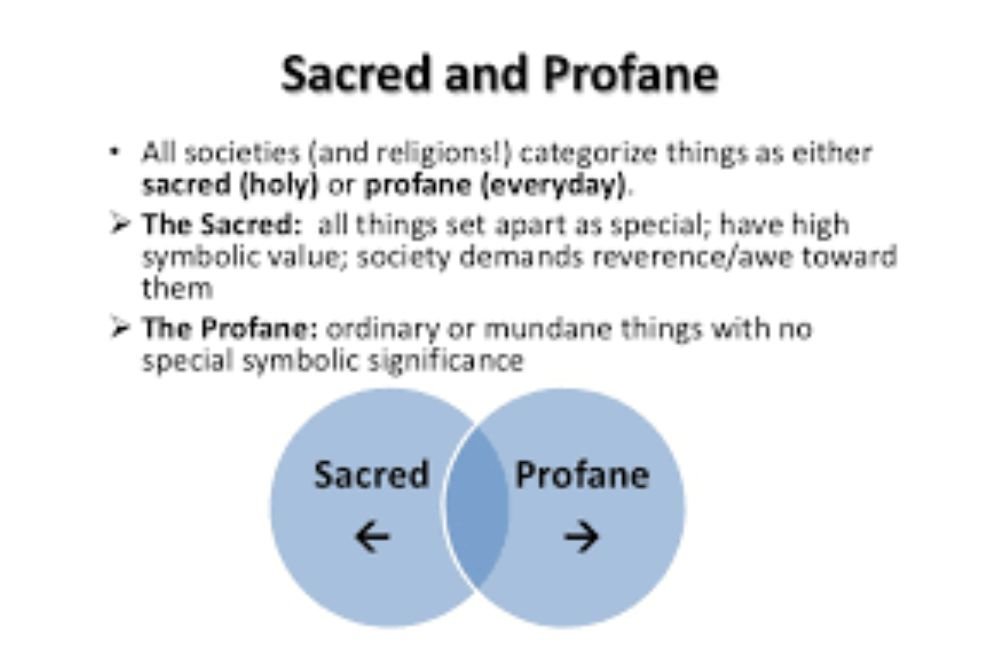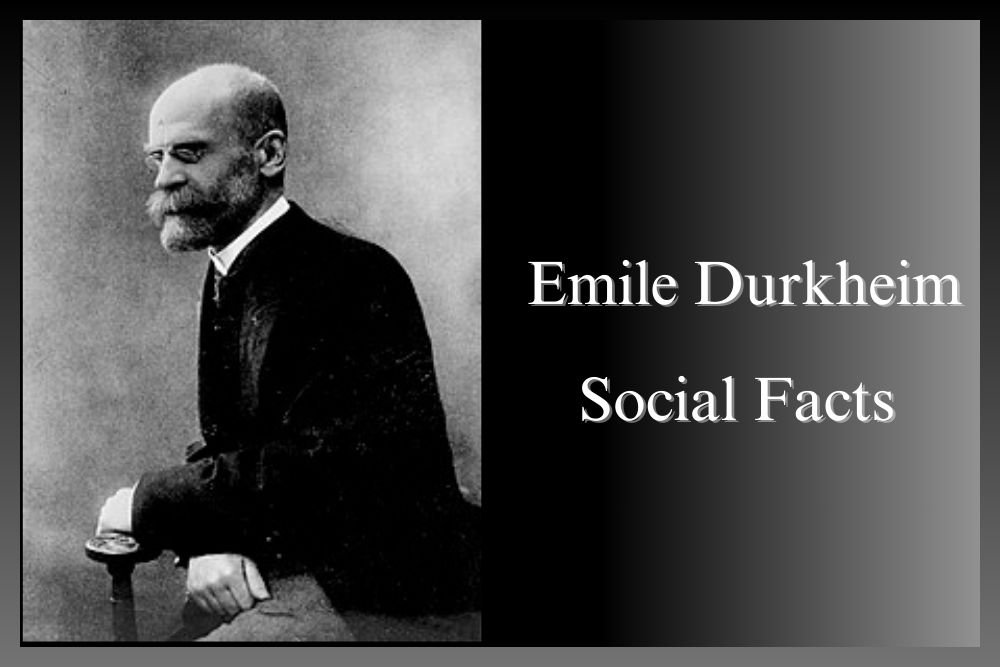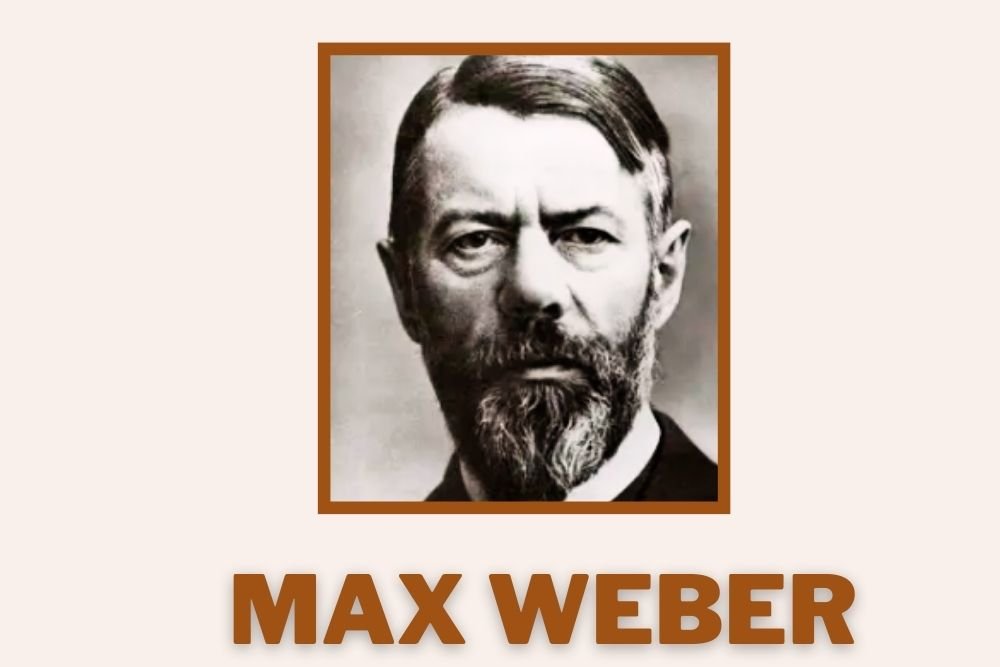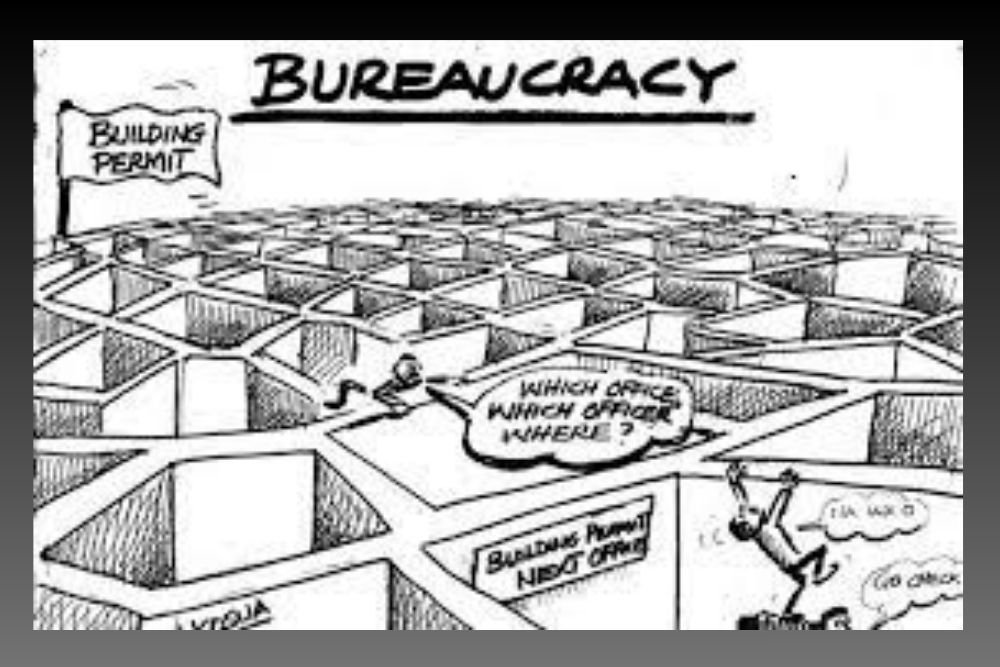
Talcott Parsons, a towering figure in the field of sociology, has bequeathed a lasting intellectual legacy through his seminal contributions, notably the AGIL paradigm and its corresponding systems. Parsons' scholarly endeavors, firmly rooted in the tenets of structural functionalism, aspire to unravel the intricate tapestry of societal organization and coherence.
AGIL, an acronym intricately crafted by Parsons, encapsulates the four indispensable functional imperatives crucial for the seamless operation of a social system: Adaptation, Goal Attainment, Integration, and Latency. Each imperative serves as a portal into a distinct system within society, offering a comprehensive lens for the nuanced examination of its multifaceted functioning.
Adaptation, the inaugural imperative, delves into a society's inherent capacity to navigate and recalibrate in response to its ever-evolving environment. In a world characterized by perpetual flux, societies find themselves in a perpetual dance of adjustment, responding to shifts in technology, economics, and culture. Scholars such as Robert K. Merton have expanded on this concept, exploring the intricate dynamics of manifest and latent functions, illuminating the unintended consequences woven into the fabric of social structures and institutions.
Goal Attainment, the second imperative, is a testament to a society's prowess in establishing and realizing its objectives. This imperative is intimately entwined with the maintenance of social order, and institutions play a pivotal role in guiding individuals towards common goals. The scholarly insights of Emile Durkheim into anomie and social cohesion serve as a guiding beacon, underscoring the indispensable role of shared objectives in the harmonious functioning of societies.
Integration, the third facet of the AGIL paradigm, probes into the imperative of fostering social harmony and coherence. It scrutinizes the interwoven connections between different components of society, unraveling the collaborative efforts necessary for preserving stability. Émile Durkheim's exploration of mechanical and organic solidarity provides a rich theoretical foundation, offering valuable insights into the transformative journey from traditional, homogenous societies to the complexities of the modern social landscape.
Latency, the fourth and final imperative, encapsulates the perpetuation and transmission of cultural values and norms across successive generations. In this realm, the scholarly musings of Max Weber on social action and the charismatic nature of authority take center stage, unraveling the intricate processes through which cultural values endure and metamorphose within the societal framework.
To navigate the intellectual labyrinth of the AGIL paradigm, scholars invariably turn to Parsons' magnum opus, "The Social System." This seminal work stands as a beacon, meticulously outlining Parsons' comprehensive theoretical framework and providing an exhaustive exploration of the AGIL model. Beyond a mere academic tome, it serves as a veritable roadmap for scholars seeking to unravel the complexities inherent in the functioning of social systems.
In summation, Talcott Parsons' AGIL paradigm stands as a theoretical prism, offering sociologists a robust framework to dissect and comprehend the intricate functionalities of social systems. By scrutinizing how societies adapt, attain goals, integrate their myriad components, and perpetuate cultural values, scholars gain not merely a glimpse but a profound understanding of the multifaceted mechanisms contributing to social order and stability within the ever-evolving tapestry of human societies.










































































